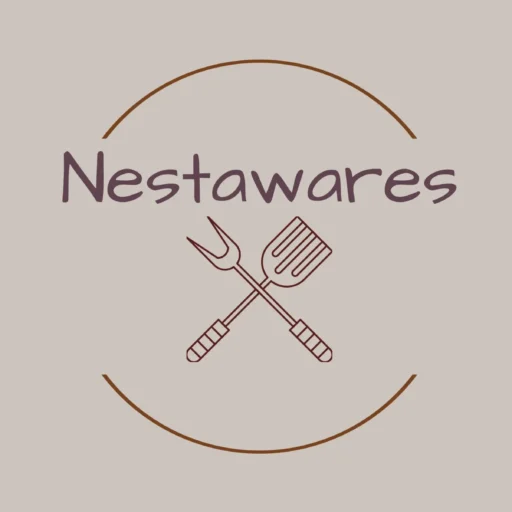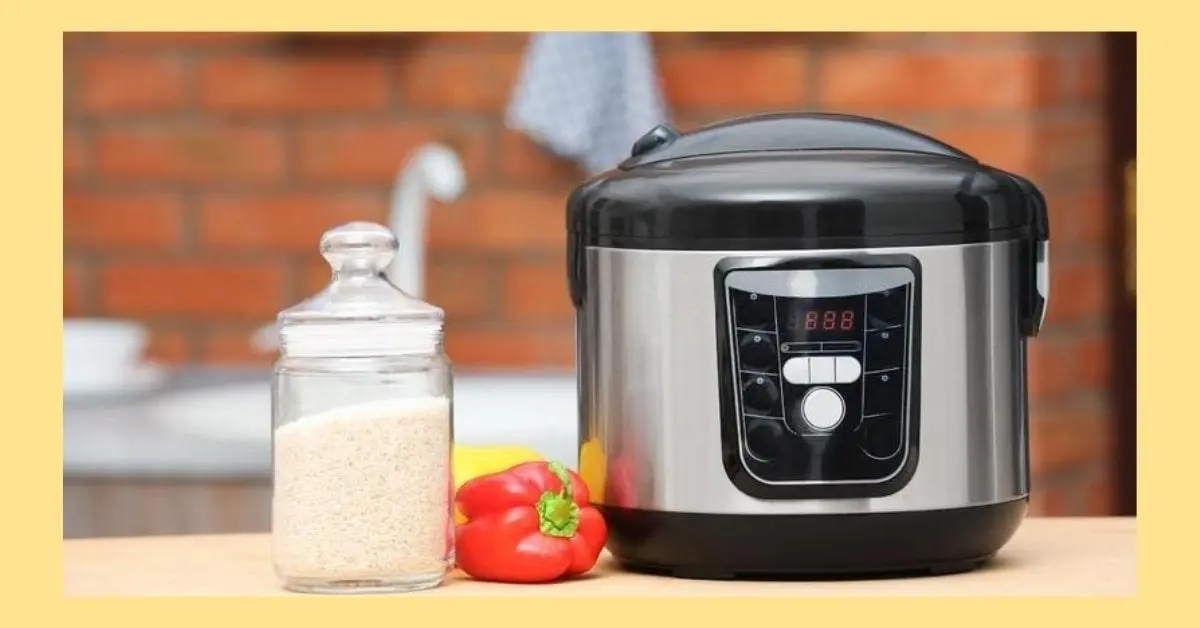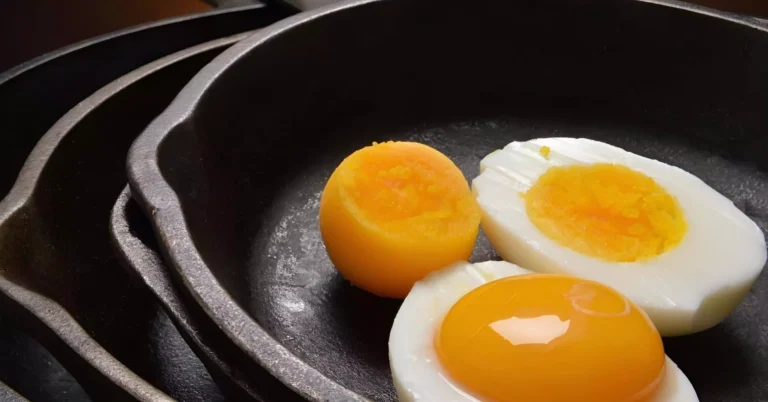Pressure cookers can be found in almost very household kitchen. They can be very useful when it comes to fast and efficient cooking.
While this isn’t a particularly new contraption and have existed in kitchens since the 1700s, there are still folks who may find this to be a bit unconventional to work with.
There are both electric and manual pressure cookers available in the market, so there is no shortage of options. However, I hope to unriddle some common questions and misconceptions related to pressure cookers through this post.
Table of Contents
What is a Pressure Cooker?
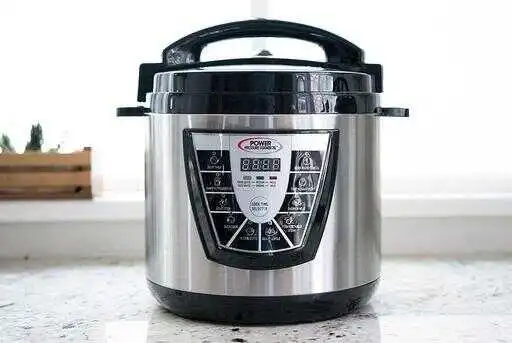
A pressure cooker is a kitchen appliance constructed from stainless steel or aluminum. It uses pressure technology to cook food.
The appliance is basically an airtight pot that traps the steam from its contents and builds pressure inside. The pot is sealed which helps in cooking food quicker by limiting boiling and generating a high temperature to cook the food using steam pressure.
Pressure cookers are handy cookware that not only cook food faster but are used in the preparation of quite a number of dishes.
How It Works
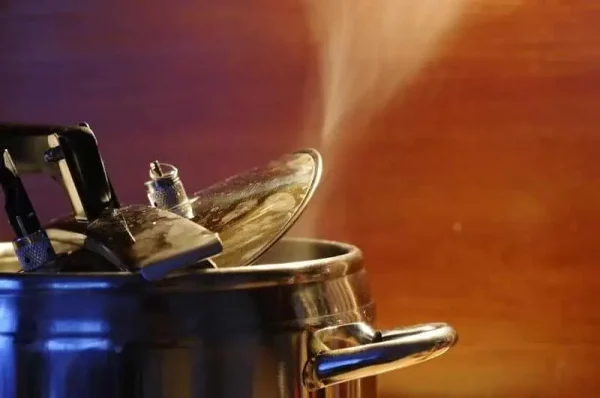
In layman’s terms, a pressure cooker is an airtight pot that tightly seals the ingredients along with some water to generate pressure, as it boils on heat. The pressure formed helps in cooking the food faster and preserving nutrients as well.
The actual technical process is a bit lengthy to explain but not complicated at all. We all know water boils at 100°C, and only once all the water is boiled will temperature increase for the contents in a regular pot set to cook. This is because the temperature of water cannot go beyond its boiling point.
This temperature increase is required to initiate chemical reactions in the food that aids in breaking down the protein, tissue and starch in order to completely cook the food.
But in a pressure cooker, the pot is tightly sealed so as to not allow the steam from the boiling water to escape. These water molecules get trapped inside the pot and form pressure over the food.
The resulting pressure increases the temperature at which water boils. So, when it boils at 121°C, the temperature inside the pot also increases for the food. This hastens the chemical reactions taking place to cook the food, resulting in faster cooking.
Since the water is preserved, the moisture from the food is retained and the food does not go dry easily.
At higher temperatures, nutrients are also preserved, not to mention micro-organisms that survive beyond the boiling point are also destroyed.
Features

- Can cook food very fast
- They help concentrate the flavors of the dishes as the pot is a sealed chamber.
- They also help in retaining the nutritional value of the ingredients as the cooking process is sped up in a pressure cooker
- They also help to destroy micro-organisms present in the food efficiently due to the high heat generated inside the pot, which is more than that of boiling water
- These can be a safer alternative to open pots and pan as it reduces the likelihood of water splashing out or food spillage during cooking. Even pots with glass lids run the risk of shattering under high heat.
- Pressure cookers can be quite energy efficient when it comes to cooking. Since the cooking cycles are relatively fast, the less time taken to cook also reduces the amount of energy consumed.
- They can be very versatile and are ideal for various recipes. Not only can these cook all kinds of rice in minutes, but are also very adept at tenderizing meat, simmering stews and broth, and also steaming vegetables.
Drawbacks
- The structure and build of pressure cookers can be quite complicated. You will need to understand how a pressure chamber works in order to calculate the time for cooking any dish.
- One needs to be mindful of the amount of water added to the pot, because it’s easy to overcook food as more liquid remains inside due to less evaporation inside the pot.
- Some trial and error may be required for beginners to handle a pressure cooker because of the complex working style.
- The build of the pot tends to be on the heavy side. The bulky structure may be inconvenient for handling in the kitchen. The large size also adds to the cost of the equipment.
- Another downside besides the risk of overcooking, is that users can’t open the cooker in the middle of cooking as that will release the pressure built within the pot. You would need to start the process all over again in case you need to season the food in between.
- This will delay the process even if you needed to stir the contents or just to check if it’s done.
- Pressure cookers can prove to be quite inconvenient to clean. The bulky pot, the rubber ring and the awkward handles certainly do not help.
- The sealing rings are bound to get worn out over time. So they need occasional replacement to ensure the lids are well-sealed during cooking.
- The working of a pressure cooker is also impacted by environmental factors such as altitude and atmospheric pressure. The latter decreases as altitude increases, and at heights of 2500 feet above sea level – you may have to adjust your cooking due to decreased pressure and boiling points.
What To Look For
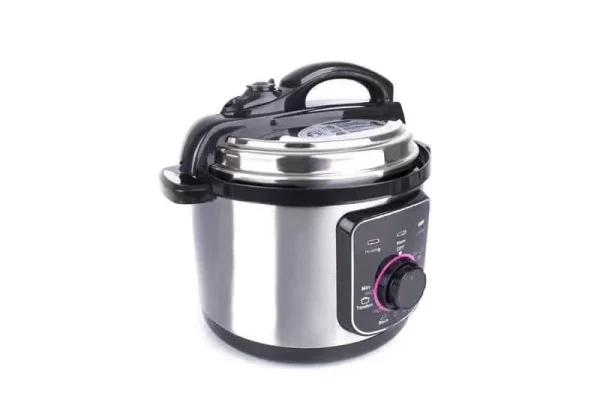
While using a pressure cooker, its important we check for the presence of the right safety features first. Let’s go over a few of them.
Pressure release valves. These ensure right modulation of the pressure inside the cooker, should there be a drastic change in the pressure levels.
The primary release valve will release the extra pressure if the level is too high. And the secondary release valve acts as a fail-safe should the primary one gets blocked.
Lid vent. In scenarios where both primary and secondary valves fail to work as they are supposed to, the extra pressure is then released through a small hole in the lid.
Spring and float valves. If you purchase a manual pressure cooker for use on stove tops, its preferable for it to have a spring valve to ensure low-noise and energy efficient cooking.
If you decide on a electric cooker, then a float valve does the same job for it.
Locking lid. The presence of a lid that locks in place tightly is of extreme importance as it keeps the built pressure inside the chamber to ensure a smooth cooking process.
Pressure indicators. This alerts the user when pressure levels go beyond what is desired and are integral to a smooth cooking experience.
Auto shut-off. If you own an electric pressure cooker then this feature is a must. If for environmental reasons or human error, the temperature changes in the appliance get to dangerous levels – the sensors in the cooker will read it and automatically turn off the cooker to prevent any mishap.
Build Material. The build material of both manual and electric pressure cookers should be strong and durable.
If its constructed from stainless steel, you are guaranteed of optimum performance in the kitchen. But you also need to stay away from thin-gauge cheaper aluminum builds. They get easily dented and are reactive to acidic food like lemon and tomatoes.
Coating Material. If the cooking pot is made of aluminum coated with a nonstick coating then there are chances of it getting damaged over extended periods of use.
The continues use of metal utensils to scrape, stir or scoop food from inside the pot will cause the coating to chip or flake.
This exposes the metal underneath which may oxidize faster or become reactive to the food cooking inside.
Presence of multiple pressure settings. The newer pressure cookers have several pressure levels to choose from. But it’s the cheaper ones and the manual cookers that need at least 2-3 levels to cook food perfectly.
There are some foods that require higher pressure levels to thoroughly cook dense protein, while some items like vegetables and eggs need lower pressure to cook.
We should be able to regulate and transition between pressure points easily while cooking. So look for ones which provide that facility to the user.
Easy replacement. While these appliances generally last for a long time, but its inevitable that some parts may see some wear and tear over prolonged usage.
If you purchase your equipment from trusty brands and companies that have been around for ages – the replacement process becomes very easy.
They are more likely to manufacture separate parts compatible with the cookers, the repair of which will save you more money than getting a new cooker altogether.
What can you cook with it?
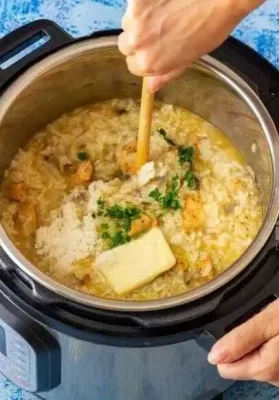
Pressure cookers are extremely versatile and can be used to cook a variety for recipes. Tenderizing large meat cuts, simmering broth for your seafood, stewing pork, cooking pot roast – there not a whole lot of things it can’t do.
There are electric models out there that are multi-functional and can be doubled as a slow cooker and as a rice cooker.
If you are wondering what the difference is between a pressure cooker and a rice cooker, here’s my post explaining it and you can decide for yourself which is better for your kitchen needs.
Best Brands to Pick From
Instant Pot, Breville and Crockpot are the most popular among customers for manufacturing all-rounder multifunctional pressure cookers. However, Ninja and T-fal also offer a few models on the less expensive side with great features.
